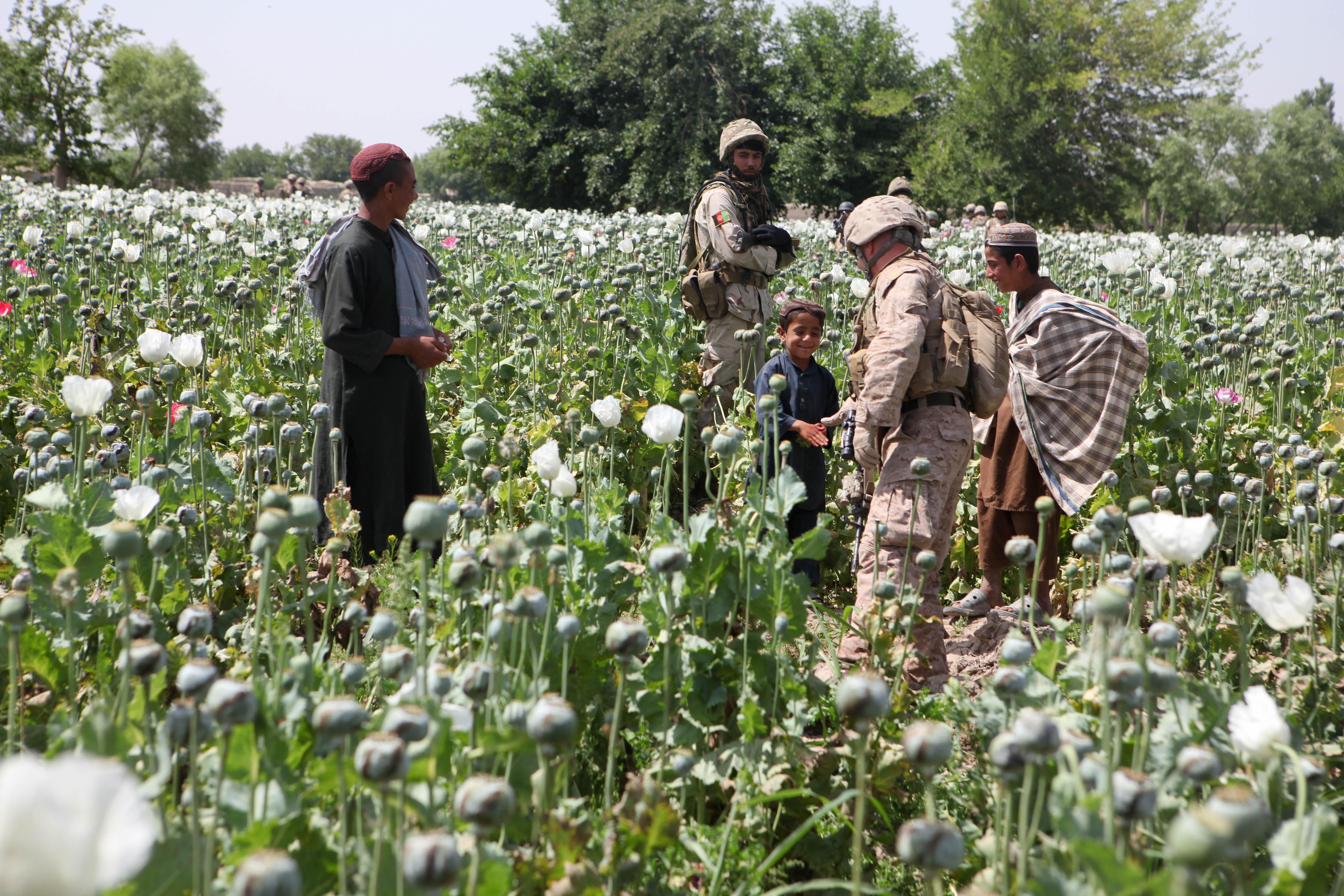|
Protocol Amending The Single Convention On Narcotic Drugs
The 1972 Protocol amending the Single Convention on Narcotic Drugs was a protocol that made several changes to the Single Convention on Narcotic Drugs. It highlighted the need for treatment and rehabilitation of drug addicts, instructing parties to take "all practicable measures for the prevention of abuse of psychotropic substances and for the early identification, treatment, education, after-care, rehabilitation, and social reintegration of the persons involved". It also expanded the International Narcotics Control Board from 11 members to 13 members. In addition, the Protocol added Article 21 bis, ''Limitation of Production of Opium'', which allowed the Board to deduct from a nation's opium production quota the amounts it determines have been produced within that nation and introduced into the illicit traffic. This could happen as a result of failing to control either illicit production or diversion of licitly produced opium to illicit purposes. In this way, the Board can essen ... [...More Info...] [...Related Items...] OR: [Wikipedia] [Google] [Baidu] |
Single Convention On Narcotic Drugs
The Single Convention on Narcotic Drugs, 1961 (Single Convention, 1961 Convention, or C61) is an Treaty, international treaty that controls activities (cultivation, production, supply, trade, transport) of specific narcotic drugs and lays down a system of regulations (licenses, measures for treatment, research, etc.) for their medical and scientific uses; it also establishes the International Narcotics Control Board. The Single Convention was adopted in 1961 and Protocol amending the Single Convention on Narcotic Drugs, amended in 1972. As of 2022, the Single Convention as amended has been ratified by 186 countries. The convention has since been supplemented by the Convention on Psychotropic Substances, 1971 Convention on Psychotropic Substances, which controls Lysergic acid diethylamide, LSD, Methylenedioxymethamphetamine, MDMA, and other psychoactive pharmaceuticals, and the United Nations Convention Against Illicit Traffic in Narcotic Drugs and Psychotropic Substances, 1988 ... [...More Info...] [...Related Items...] OR: [Wikipedia] [Google] [Baidu] |
Treaties Of Belarus
A treaty is a formal, legally binding written agreement between actors in international law. It is usually made by and between sovereign states, but can include international organizations, individuals, business entities, and other legal persons. A treaty may also be known as an international agreement, protocol, covenant, convention, pact, or exchange of letters, among other terms. However, only documents that are legally binding on the parties are considered treaties under international law. Treaties vary on the basis of obligations (the extent to which states are bound to the rules), precision (the extent to which the rules are unambiguous), and delegation (the extent to which third parties have authority to interpret, apply and make rules). Treaties are among the earliest manifestations of international relations, with the first known example being a border agreement between the Sumerian city-states of Lagash and Umma around 3100 BC. International agreements were used in s ... [...More Info...] [...Related Items...] OR: [Wikipedia] [Google] [Baidu] |

